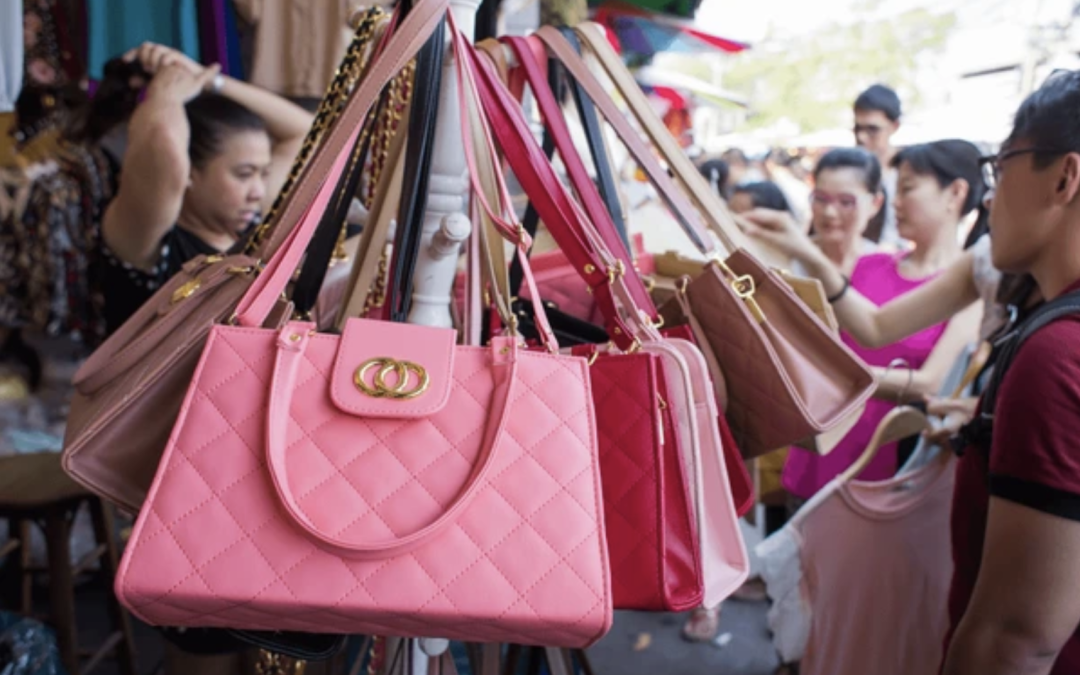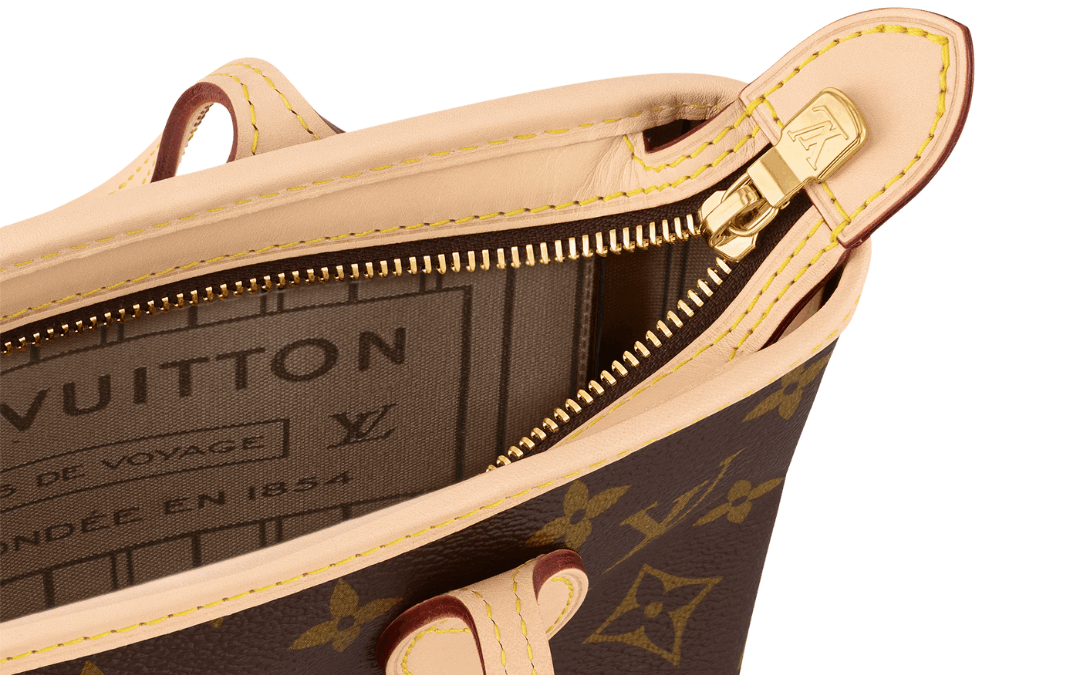
by CRIS&COCO | Nov 28, 2025 | Fake Industry
Why Are Consumers Really Buying Counterfeits? Spoiler Alert: It’s Not Just for the ‘Gram! by Thea Elle | Oct. 01 2024 | Fake Industry It turns out people aren’t just buying counterfeit luxury goods to flash their “designer” knockoffs and pretend they’re part of the...

by Thea Elle | May 6, 2025 | Fake Industry
Style Companion The Neverfull Illusion: When Canvas Becomes Couture by Thea Elle | May 6, 2025 | Fake Industry The LOUIS VUITTON Neverfull is an icon. From brunch tables to first-class airport lounges, and across TikTok hauls to real-life wardrobes, the bag is...

by Thea Elle | Feb 7, 2025 | Fake Industry
Style Companion The Paradox of Luxury: How Designer Knockoffs Can Actually Strengthen a Brand by Thea Elle | Feb., 07, 2025 | Luxury Industrial Complex Luxury brands spend decades crafting their image—building exclusivity, desirability, and status. Yet, for every new...

by Thea Elle | Feb 5, 2025 | Fake Industry
Style Companion Designer Dupes: The 4 Biggest Myths You Need to Stop Believing by Thea Elle | Feb., 05, 2025 | Fake Industry Luxury fashion has long been associated with exclusivity, but as designer dupes continue to rise in popularity, so do the misconceptions...

by Thea Elle | Feb 2, 2025 | Fake Industry
Style Companion The Rise of Counterfeit Chic: How Fake Luxury Bags Are Blurring the Lines of Authenticity by Thea Elle | Jan., 30, 2025 | Fake Industry The world of luxury bags has long been a symbol of sophistication and status, with top-tier brands like LOUIS...

by Thea Elle | Jan 15, 2025 | Fake Industry, Style Guide
Style Companion The Art of Replicas: A Guide to Finding High-Quality Handbags by Thea Elle | Jan., 16, 2025 | The Fake Industry The allure of luxury handbags is undeniable, with iconic pieces from brands like HERMÈS, CHANEL, and LOUIS VUITTON serving as coveted...







